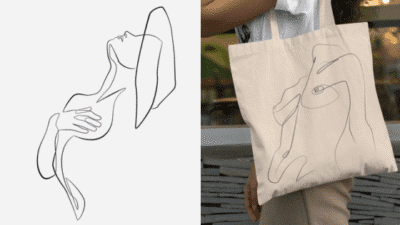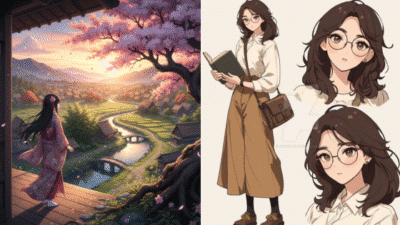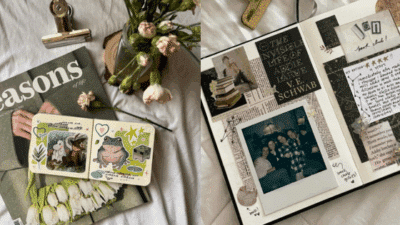Ever wondered how some comic artists manage to blend the expressive dynamism of anime with the established narrative flow of Western comics? You’re not alone. Many creators are looking to infuse their work with that distinct anime flavor, adding a fresh layer of visual storytelling to their narratives. Mastering anime drawing for comic artists isn’t about ditching your style entirely; it’s about expanding your toolkit, learning new visual languages, and discovering how to make your comics truly pop.
This guide will walk you through the exciting journey of integrating anime aesthetics into your comic art. We’ll explore everything from character design nuances to dynamic action sequences, helping you unlock new creative potential and captivate your readers like never before. Get ready to level up your comics!
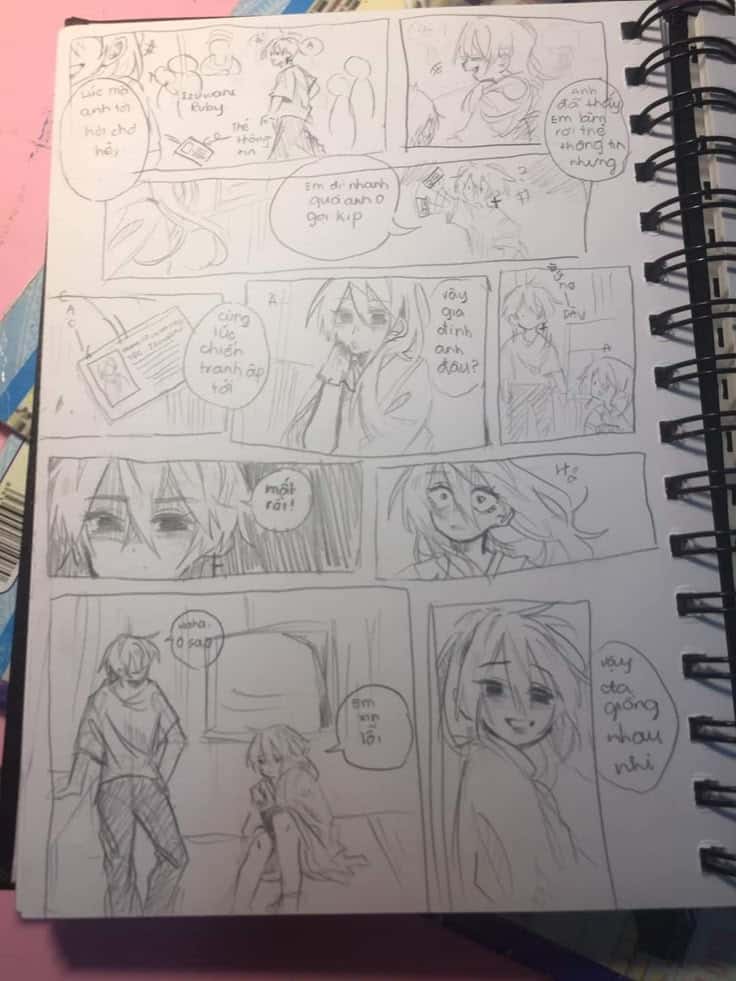
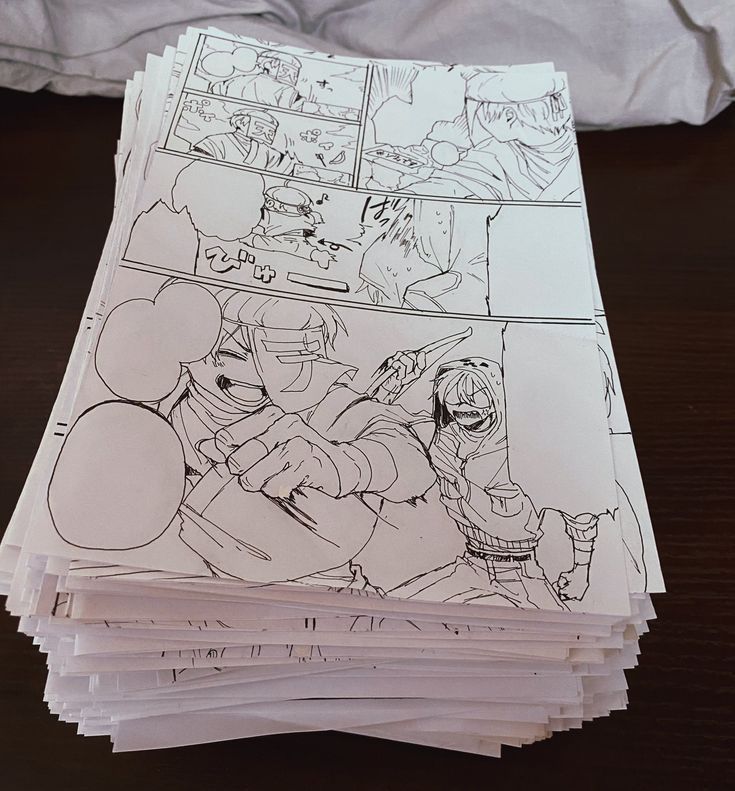
The Allure of Anime: What Makes It Unique?
Before we dive into the how-to, let’s briefly unpack the “why.” What is it about anime that draws so many eyes and inspires so many artists? At its core, anime is a visual storytelling medium that originated in Japan, characterized by distinct stylistic choices that differentiate it from traditional Western animation and comics.
Stylistic Hallmarks You Can Adopt
Anime isn’t just one style; it’s a vast spectrum. However, some recurring elements make it instantly recognizable and appealing:
- Exaggerated Expressions: Characters often display emotions with intense visual cues – sweat drops, popping veins, sparkling eyes, or chibi transformations for comedic effect. This isn’t just for humor; it amplifies emotional impact.
- Dynamic Poses and Action: Anime often features highly kinetic poses, emphasizing motion, speed, and impact. Characters might lean heavily into a punch, leap through the air with flowing garments, or convey a powerful stance even when standing still.
- Distinct Eye Styles: The eyes are often considered the windows to the soul in anime, varying widely from large, sparkling, and highly detailed to small and sharp, reflecting personality and mood.
- Stylized Anatomy: While grounded in realism, anime often simplifies anatomy, elongating limbs, exaggerating features, or maintaining more youthful proportions than typical Western comic styles. This allows for greater flexibility in dynamic posing and expressive character acting.
- Hair Flow and Volume: Hair in anime is almost a character in itself, often defying gravity, flowing dramatically, and conveying personality through its shape and movement.
- Cinematic Pacing and Camera Angles: Anime uses a wide array of camera angles, cuts, and visual effects (like speed lines, lens flares, and atmospheric effects) to create a cinematic viewing experience, influencing how scenes are paced and emotions are conveyed.
Incorporating these elements doesn’t mean your comic suddenly becomes a manga. It means you gain more options to express emotion, depict action, and engage your audience.
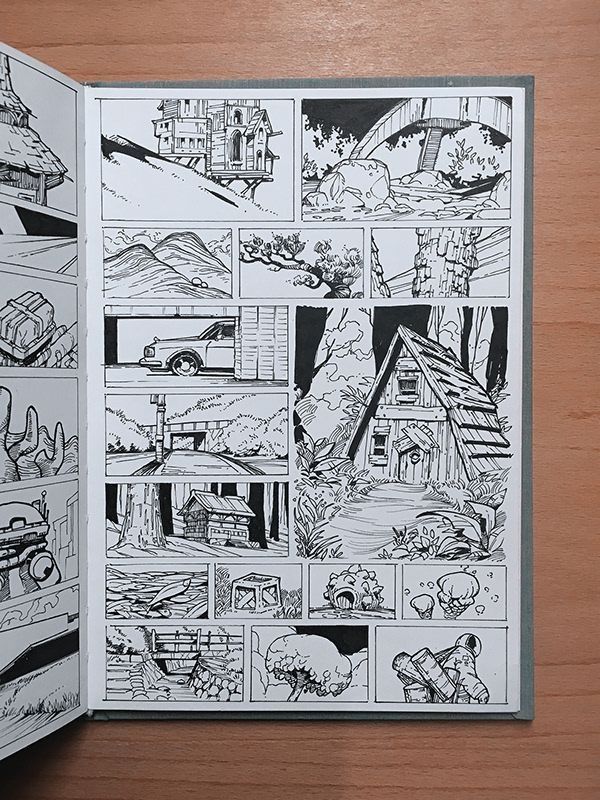

Getting Started: Fundamental Anime Drawing Techniques
You don’t need to reinvent the wheel to start drawing in an anime-inspired way. Many basic drawing principles apply, but with an anime twist. Think of it as learning a new dialect of a language you already speak.
Mastering Proportions and Anatomy
Anime often plays with proportions to enhance character design and expression.
- Head Count: A common way to think about character height is “head count.” For more realistic, older characters, you might use 7-8 heads for height. For younger, more stylized characters, 5-6 heads can work, and chibi styles can be as low as 2-3 heads. Experiment to find what fits your comic’s tone.
- Simplification: Anime anatomy tends to simplify musculature and bone structure, focusing on clean lines and silhouettes. This doesn’t mean ignoring anatomy; it means understanding it well enough to know what details to keep and what to omit for stylistic effect. For a deeper dive into understanding the human form, exploring resources on male body anatomy drawing can be incredibly beneficial, even when aiming for a stylized look. The underlying principles remain the same.
- Dynamic Lines: Emphasize the “line of action” when sketching figures. This central curve dictates the pose’s energy and flow, a cornerstone of anime’s dynamic appeal.
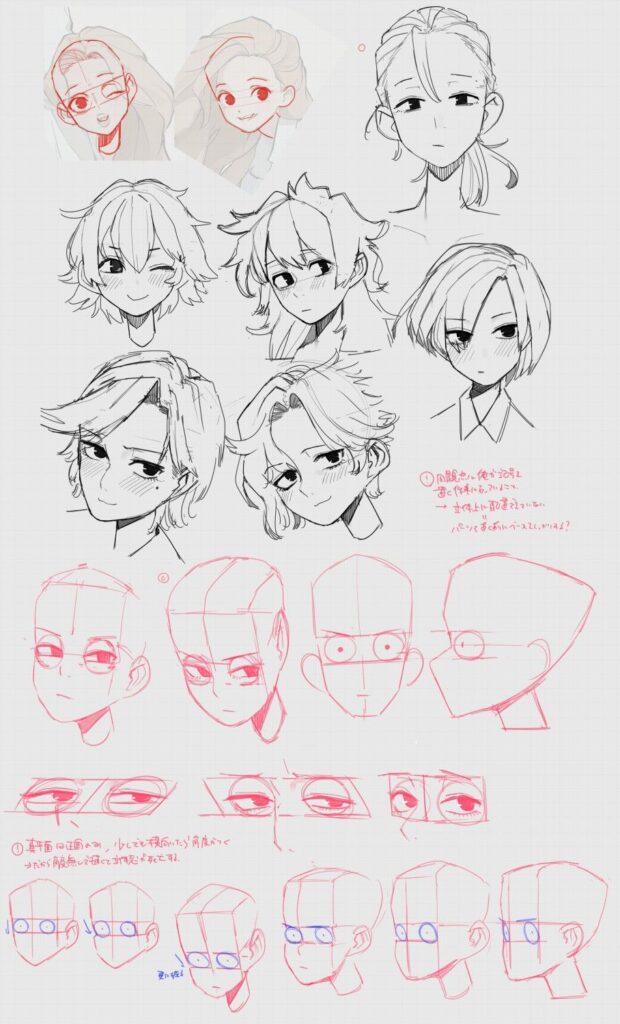

Crafting Expressive Faces and Iconic Eyes
The face, especially the eyes, is where anime truly shines in conveying emotion.
- Eye Placement and Size: Anime eyes are often larger and more prominent than in Western comics, positioned lower on the face. Their size and shape can convey age, personality, and even species. Large, round eyes often indicate youth, innocence, or strong emotions. Sharper, narrower eyes might suggest maturity, cunning, or a stoic personality.
- Reflections and Highlights: The intricate details of light reflections in anime eyes are crucial. They add sparkle, depth, and a sense of life. A single, well-placed highlight can make an eye seem wet or full of wonder.
- Exaggerated Expressions: Don’t be afraid to push the boundaries! Sweat droplets for nervousness, dramatic tears for sadness, or a squashed face for comedic frustration are all fair game. Think about how these visual cues can immediately communicate a character’s internal state without needing dialogue.
- Nose and Mouth: These features are often simplified. Noses can be a simple dot, a small line, or a subtle shade, while mouths can range from a tiny “3” shape to a wide, open roar, depending on the emotion.


The Art of Anime Hair
Hair in anime is often treated with as much care as the face itself. It’s not just an accessory; it’s a character element.
- Volume and Flow: Anime hair rarely lays flat. It has volume, often defies gravity, and flows dynamically with movement. Think of it in large, distinct clumps or strands rather than individual hairs.
- Stylization: Experiment with different shapes and textures. Spiky hair, gravity-defying locks, intricate braids, or flowing waves – each can convey a character’s personality. For more detailed guidance on drawing various hairstyles, check out this guide on how to draw hair.
- Movement: When a character runs, jumps, or even just turns their head, their hair should react. Use curved lines to indicate movement and energy.
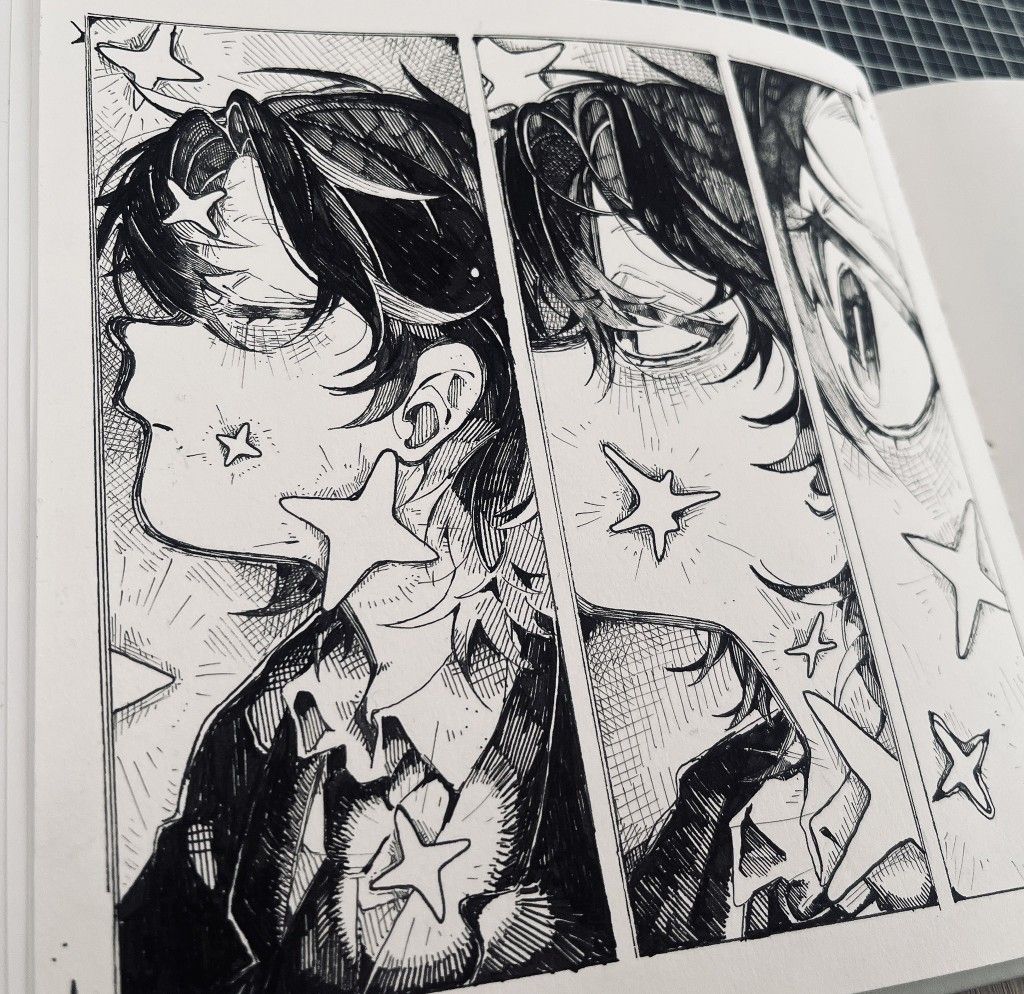

Integrating Anime Aesthetics into Your Comic Pipeline
Now that you have a grasp of the fundamentals, how do you weave these elements into your existing comic workflow? It’s about careful consideration and purposeful choices.
Character Design: Blending Worlds
Your characters are the heart of your comic. When incorporating anime, think about how to maintain consistency while adding flair.
- Defining Your Baseline Style: Decide how “anime” you want to go. Do you want mildly stylized characters with expressive eyes, or full-blown shonen-style heroes? Your decision should align with your story’s tone.
- Mix and Match: Don’t feel obligated to adopt every anime trope. Maybe you love the expressive eyes but prefer more realistic body proportions. Or you want dynamic hair but keep facial features grounded. Pick and choose the elements that serve your story best.
- Consistency is Key: Whatever blend you choose, stick to it throughout your comic. Inconsistent styles can be jarring for readers.
- Refining Your Aesthetic: Just as minimalist logo design aims for impactful simplicity, your anime-inspired character designs should be recognizable and convey personality efficiently.
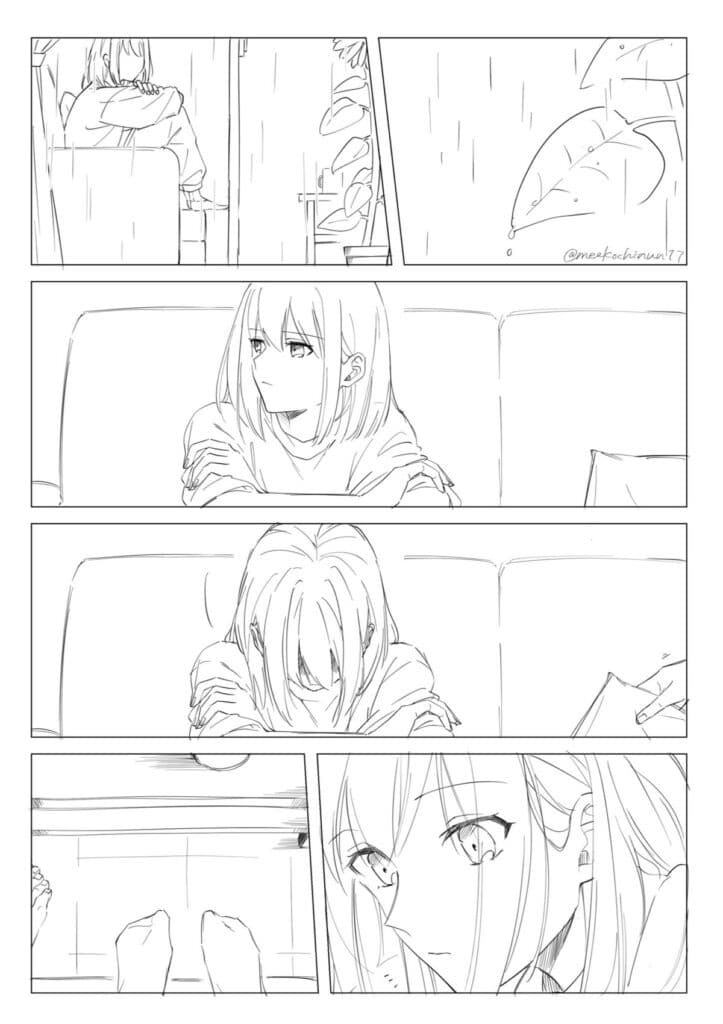

Dynamic Posing and Action Sequences
Anime excels at making action feel epic. This is where you can truly make your comic pages come alive.
- Exaggerate Movement: Instead of a simple punch, show the wind-up, the blur of the fist, and the impact’s ripple effect. Lean into the motion.
- Perspective and Foreshortening: Anime artists frequently use dramatic perspective and foreshortening to make actions feel more immediate and impactful. A fist coming towards the viewer, or a character leaping towards the horizon, can be incredibly effective. Studying references for dynamic poses for a photoshoot can offer unexpected insights into capturing motion and energy, even if you’re drawing.
- Speed Lines and Impact Effects: These are quintessential anime tools. Speed lines (radial, parallel, or chaotic) convey velocity and direction. Impact effects like bursts, shattered fragments, or visual sound effects (onomatopoeia) amplify the force of a hit.
- Camera Angles: Think cinematically. A low-angle shot makes a character appear powerful. A high-angle shot can make them seem vulnerable. Use these to manipulate the reader’s perception and emotional response.

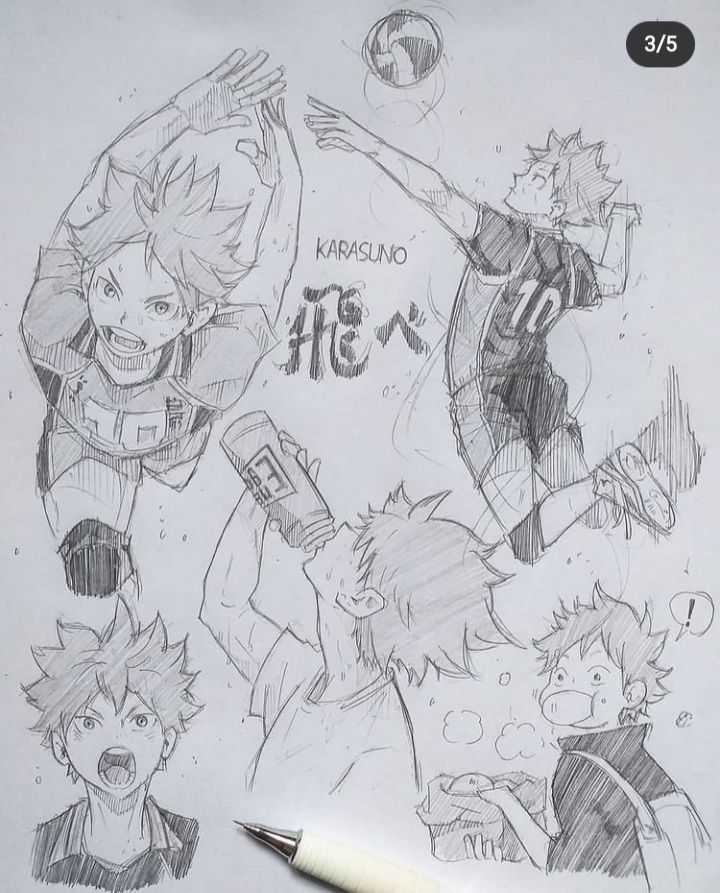
Storytelling and Panel Layout
The way you arrange your panels and guide the reader’s eye is crucial. Anime and manga have refined this art form.
- Reading Direction: Traditionally, Western comics read left-to-right, top-to-bottom. Manga reads right-to-left, top-to-bottom. If you’re adapting manga-style layouts, be clear with your visual cues or maintain Western reading order for your audience.
- Pacing: Anime-inspired paneling can manipulate pacing. Rapid, small panels for quick action or dialogue. Large, splash pages for emotional impact or significant revelations. Negative space can also be used to create dramatic pauses.
- Visual Flow: Use leading lines, character gazes, and speech bubble placement to naturally direct the reader’s eye from one panel to the next, maintaining a smooth narrative flow.
Essential Tools and Techniques for Anime-Inspired Art
Whether you work traditionally or digitally, certain tools and techniques can help you achieve that anime aesthetic.
Traditional Media
- Pencils: Good quality graphite pencils (HB, 2B, 4B) for sketching, and colored pencils for quick color studies.
- Inking Pens: Fine-liner pens (0.05, 0.1, 0.3, 0.5 mm) are essential for clean, crisp lines, a hallmark of many anime styles. Brush pens can add dynamic line weight.
- Paper: Smooth Bristol board or heavy-weight drawing paper for inks.
- Markers/Watercolors: Alcohol-based markers (like Copic) or watercolors are popular choices for vibrant, smooth coloring in traditional anime art.
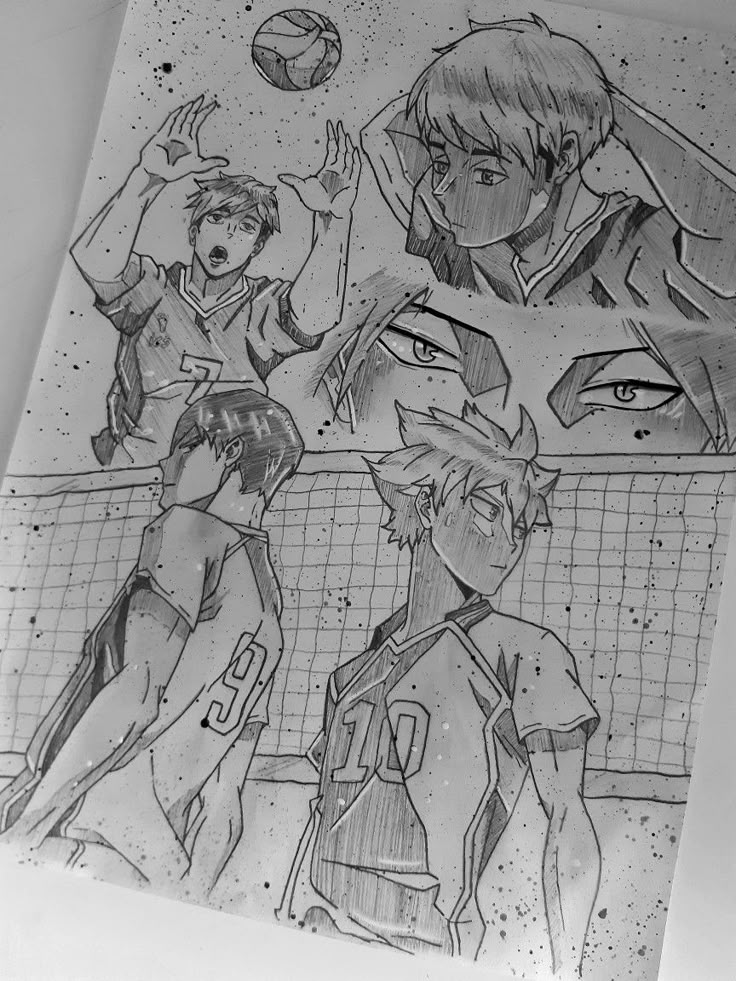

Digital Media
- Drawing Tablet: A must-have for any digital artist. Wacom, Huion, and XP-Pen are popular brands.
- Software:
Clip Studio Paint (Manga Studio): Often considered the industry standard for comic and manga creation due to its robust features, including perspective rulers, 3D models, and excellent inking brushes. Procreate (iPad): Intuitive and powerful for portable digital art. Photoshop/Krita/GIMP:* Versatile options for drawing, coloring, and editing.
- Brushes: Experiment with digital brushes that mimic traditional ink pens and markers. Look for brushes that offer good line stability and pressure sensitivity.
- Layers: Utilize layers extensively for line art, flats, shading, lighting, and effects. This non-destructive workflow is invaluable.
- Color Palettes: Anime often uses vibrant, saturated colors, but also understands the power of muted tones for specific moods. Study color palettes from your favorite anime for inspiration.

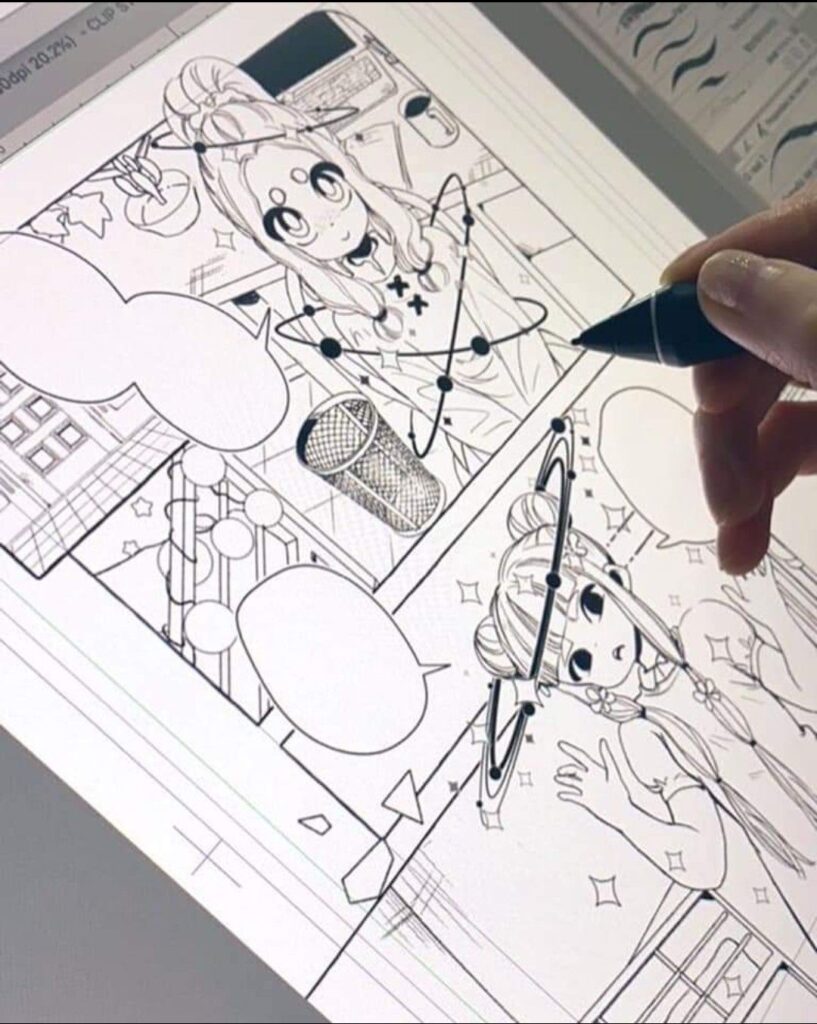
Developing Your Unique Anime-Infused Style
Merely copying anime won’t make your comics truly stand out. The goal is to learn from it, internalize its principles, and then fuse them with your own artistic voice.
Study, Don’t Just Copy
- Analyze Your Favorites: Don’t just look at anime; analyze it. Break down why a character design works, how a scene conveys emotion, or what makes an action sequence so thrilling. What are the artists doing with line, color, composition, and perspective?
- Deconstruct and Reconstruct: Try drawing characters from your favorite anime, but then try drawing them in your style, incorporating only the elements you want to adopt. Then, apply these lessons to your original characters.
- Practice Regularly: Like any skill, drawing anime-inspired art requires consistent practice. Dedicate time to sketching, focusing on areas you want to improve. Looking for ideas? Check out these 10 anime sketch ideas to get started.
Experiment and Innovate
- Mix Influences: Don’t limit yourself to just anime. Combine anime with Western cartooning, realism, or even fine art techniques. The most unique styles often emerge from unexpected fusions.
- Push Boundaries: Once you understand the “rules” of anime drawing, you can selectively break them to create visual interest or emphasize a specific mood.
- Seek Feedback: Share your work with trusted peers or online communities. Constructive criticism can highlight areas for improvement and offer fresh perspectives.
Finding Inspiration Everywhere
Inspiration isn’t limited to other artists. Look at the world around you. Photography, fashion, architecture, and even everyday objects can spark creative art ideas that you can filter through an anime lens. Diverse sources of creative art ideas can significantly enrich your visual vocabulary and prevent your work from feeling derivative.


Common Pitfalls to Avoid
As you integrate anime drawing into your comic art, be mindful of these common traps.
- Inconsistency: Shifting art styles mid-comic can be jarring for readers. Establish your blended style early and maintain it.
- Over-reliance on Tropes: While anime tropes can be fun, using them without purpose can make your characters feel generic. Ensure every stylistic choice serves your story and character.
- Losing Your Unique Voice: The goal isn’t to become an anime artist, but to become you with an anime influence. Don’t sacrifice your original artistic identity in the pursuit of a new style. Your readers connect with your vision.
- Ignoring Fundamentals: Even highly stylized anime art benefits from a strong understanding of fundamental art principles like anatomy, perspective, composition, and color theory. Don’t skip these basics.
- Copying Without Understanding: Simply tracing or replicating images won’t help you grow. Understand why an artist made certain choices. What emotions are they trying to convey? What story elements are they highlighting?
Conclusion: Unleash Your Creative Power
Embracing anime drawing for comic artists is an exciting journey that can inject new life and expression into your work. It’s not about abandoning your roots but about expanding your artistic vocabulary. By understanding the core principles of anime – its expressive eyes, dynamic poses, stylized anatomy, and cinematic storytelling – you gain powerful tools to enhance your narratives.
Remember to practice consistently, experiment fearlessly, and always strive to blend these new influences with your unique artistic voice. Your comics have the potential to resonate with a wider audience, tell more compelling stories, and stand out in a crowded creative landscape. So, grab your pens, fire up your tablet, and start leveling up your comics with the vibrant world of anime-inspired art. The only limit is your imagination! What new visual stories will you tell?
What are the key stylistic features of anime that I can incorporate into my comic art?
Some key stylistic features of anime include exaggerated expressions, dynamic poses and action, distinct eye styles, stylized anatomy, flowing and voluminous hair, and cinematic camera angles and pacing, which can all be incorporated to add emotional depth and excitement to your work.
How should I start applying anime drawing techniques to my existing comic style?
Begin by mastering basic proportions and anatomy with an anime twist, practice drawing expressive faces and iconic eyes, and experiment with character design blending your style with anime elements, maintaining consistency throughout your comic.
What tools and methods are recommended for creating anime-inspired art, both traditional and digital?
Traditionally, high-quality pencils, fine-liner pens, smooth paper, and vibrant markers are great, while digitally, a drawing tablet and software like Clip Studio Paint or Photoshop, along with digital brushes that mimic ink pens and markers, are ideal for vibrant, precise anime-style artwork.
How can I develop a unique anime-inspired style that reflects my artistic voice?
Study and analyze your favorite anime works, deconstruct and then reassemble character drawings in your style, practice regularly, try mixing influences from different art forms, and seek feedback to refine your fusion of anime elements with your personal artistic identity.
What common mistakes should I avoid when incorporating anime into my comics?
Avoid inconsistency in art style, over-relying on tropes without purpose, losing your unique voice, neglecting fundamental art principles, and copying images without understanding the underlying techniques and storytelling choices.
- 321shares
- Facebook0
- Pinterest321
- Twitter0

